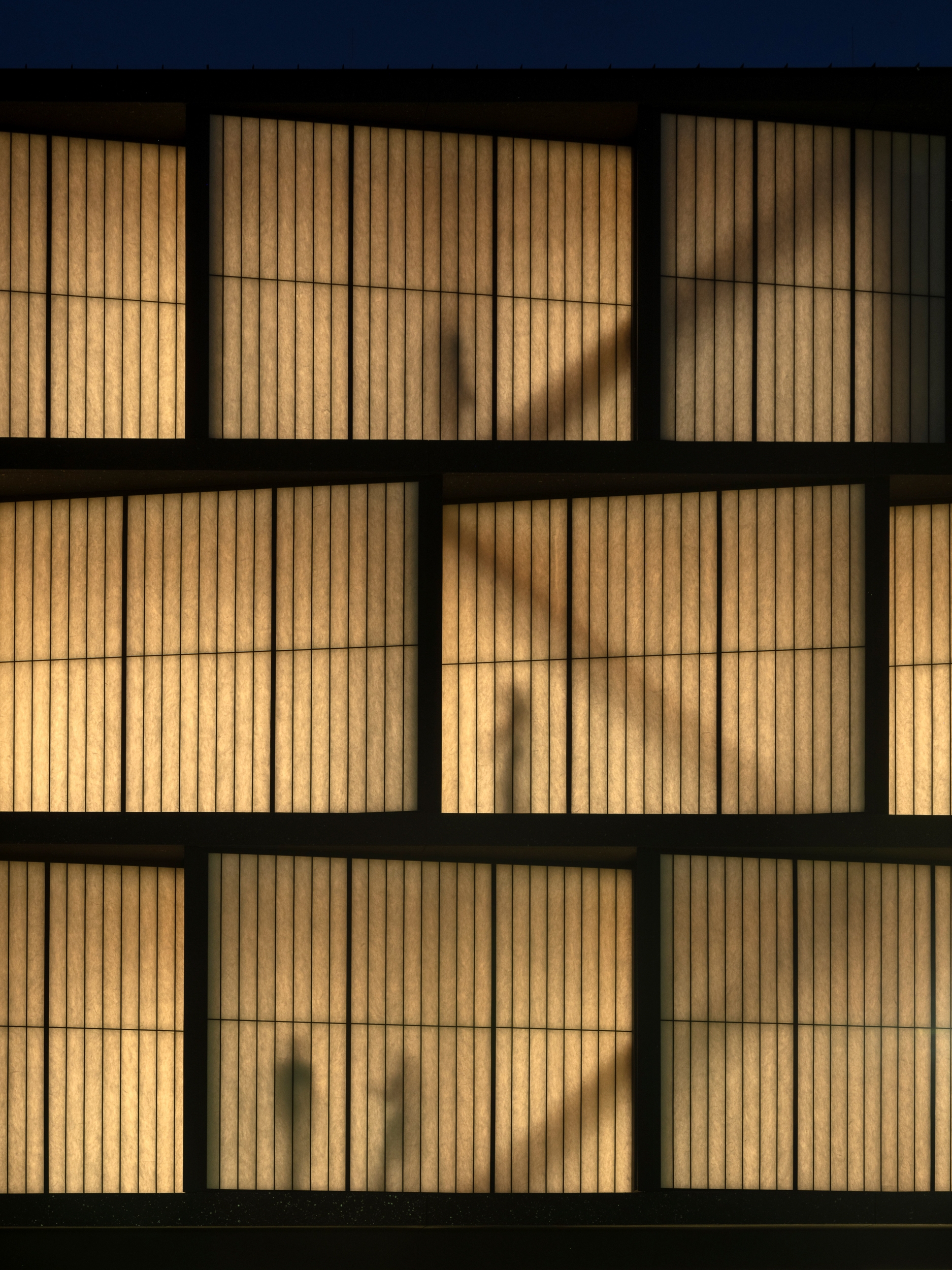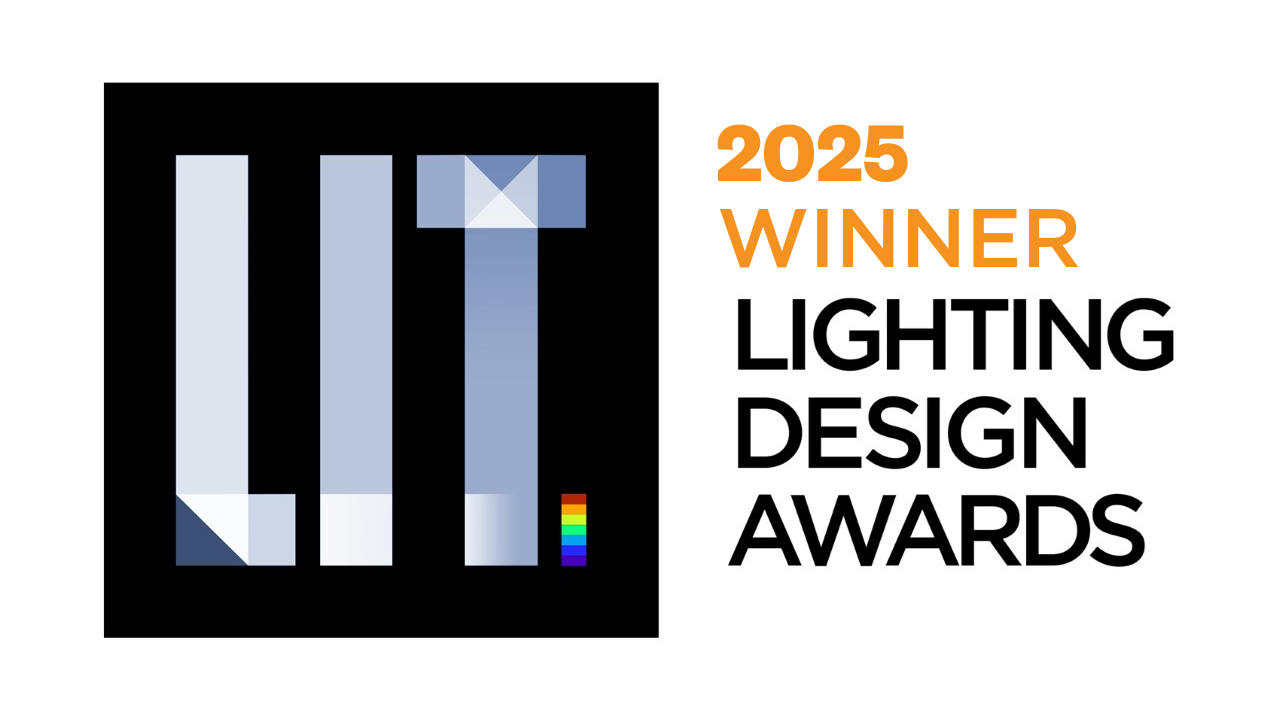Prize(s) Winners in LED Interior Lighting Design
Lighting Design/Product Company HDR
Lead Designers Jeff Thompson, Lisa Lyons, Randy Niehaus
Other Designer's names Tom Trenolone, Bill DeRoin, Laura Franzluebbers, Nader Tehrani, Richard Lee, Matthew Mayberry
Architecture Company HDR, NADAAA
Interior Design Company HDR, NADAAA
Client University of Nebraska
Photo Credits Nic Lehoux
Completion Date August 2024
Project Location Lincoln, Nebraska, USA
Entry DescriptionThe lighting design for the University of Nebraska’s College of Architecture Phase Two Expansion project supports learning through a simple, flexible, and visually comfortable solution that enhances both historic and new architecture. The new pavilion, a four-story mass timber expansion, connects directly to the 19th-century Architecture Hall and the College of Law. Suspended linear LED luminaires with square profiles and dual circuit direct/indirect distribution are coordinated between structural bays, mechanical systems, and sprinklers to maintain even, glare-free illumination. These fixtures highlight the warmth of the timber structure and support visual comfort for individual and group work. A concealed continuous luminaire illuminates a felt pinup wall for student work, while modular track lighting in critique spaces adapts to various display needs. A two-story vertical lighting feature marks the intersection of mass timber, steel, and glazing. Adjustable track heads along this feature wall are designed to spotlight student projects or artwork, turning a key architectural moment into a functional and engaging display.
Sustainability ApproachThe lighting strategy supports sustainability through careful coordination with daylight and energy performance. Translucent insulating panels on the north façade diffuse daylight into studio spaces, reducing the need for artificial lighting. A daylight harvesting control system adjusts light levels in real time, improving energy efficiency and visual comfort. The lighting power density is 20% better than required by code. Dual circuit luminaires allow separate control of direct and indirect light for flexibility and efficiency. Networked controls empower users to adjust lighting to suit tasks, reducing energy and increasing comfort. Together, these strategies create an adaptive, energy-conscious learning environment.


